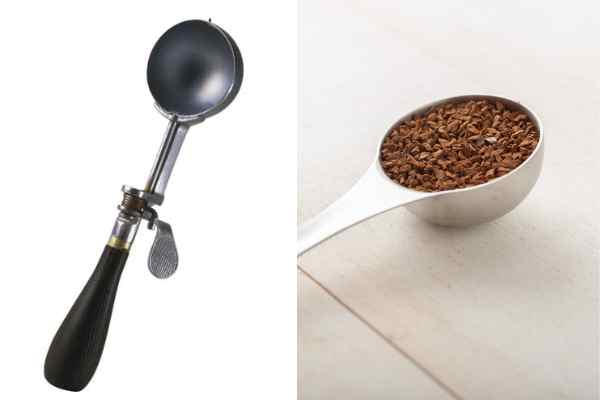Have you ever coated your cake pops, only to find it cracked once it has set and hardened?
It seems a waste to toss it out, but it’s not exactly in sellable or giftable condition (unless you want cracks on purpose).
But don’t worry, nobody makes perfect cake pops on their first or even few attempts.
In this post, you’ll learn how to fix cracks in your cake pops and what causes them.
3 ways to deal with cracks in cake pop
Use room-temperature cake pops. Using cold cake pops straight from the fridge can cause the coating to become thick and cracked.
Recoat cake pops in another layer of chocolate or coating. You could always go over the crack by brushing on some frosting. However, I find that a second coating does the job.
Cover with a molded fondant design. It is easier to “press” on the fondant with a flat design such as this.
Why are my cake pops cracking?
Cake base is too dry.
This usually happens when you make your own cake and it comes out too dry.
It is hard to ball up a “cake ball” if the cake isn’t moist enough. Dryness can result in a lumpy, uneven cake base.
The cake base needs a stronger binding so something like buttercream or a thick frosting should be good enough.
Coating is lumpy or uneven.
When a layer of coating gets too thick, there is a higher chance of it cracking. Using a thick dip will make it difficult to achieve an even shell around the cake pop.
That is why a thin layer is best for a consistently smooth coating. Not only is it harder to crack, but thin coats are also easier to work with and manipulate.
Use an oil-based thinning agent such as Crisco or paramount crystals to achieve a thinner coating.
Temperature changes too suddenly.
Taking cake pops from the fridge and dipping them into a warm coating or frosting can cause the cake pops to crack (more easily).
If your cake pops have been in the fridge, let them sit for 2-3 hours first, slowly adjusting to room temperature. The cake ball should not be cold to the touch when you’re ready to dip them.
You don’t want the cake pops to be too cold before dipping. Dipping cold cake pops will result in a lumpy, fast-setting coating. This makes it hard to control the consistency of the coating!
Cake balls are packed too tightly
If the cake balls are too compressed, they will slightly expand when taken out of the refrigerator.
To avoid this, allow the cake balls warm up to room temperatures by leaving them out for a while.
Using too much thinning agent.
With candy coatings, a thin coating is desirable to keep a consistently smooth outer layer.
However, making the coating too thin can make it easy to crack once it sets. It’s a delicate balance but practice makes perfect.
Using chocolate? Maybe it’s not tempered correctly.
If you’re not used to tempering chocolate, use compound chocolate instead. It sets faster and hardens easily.
Untempered chocolate, at room temperature, will be soft and does not completely harden. You can tell if chocolate is tempered if it sets with a glossy appearance and has a “snap” to it.
How to make a perfect ball shape for cake pops

It is important to have a consistently smooth ball as an overly lumpy or dry cake pop can result in cracks in the coating.
Use a scoop similar to a coffee or ice cream scoop for the perfect ball-shaped cake pops.
Hand-rolling your own balls can result in an uneven lumpy cake pop.
Using too much frosting can also make it harder to hold a ball-shaped cake pop.


![How to Coat Gummy Candy in Sugar [Without Melting]](https://candyturf.com/wp-content/uploads/2022/10/how-to-coat-gummy-candy.jpg)
